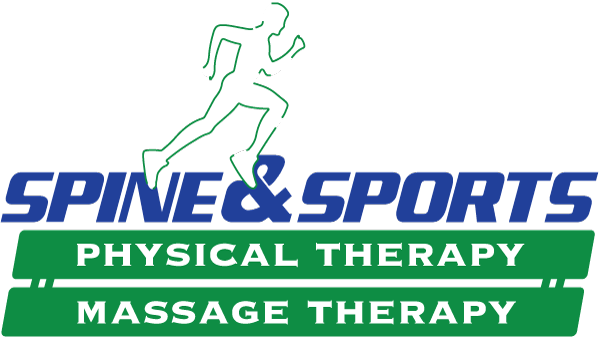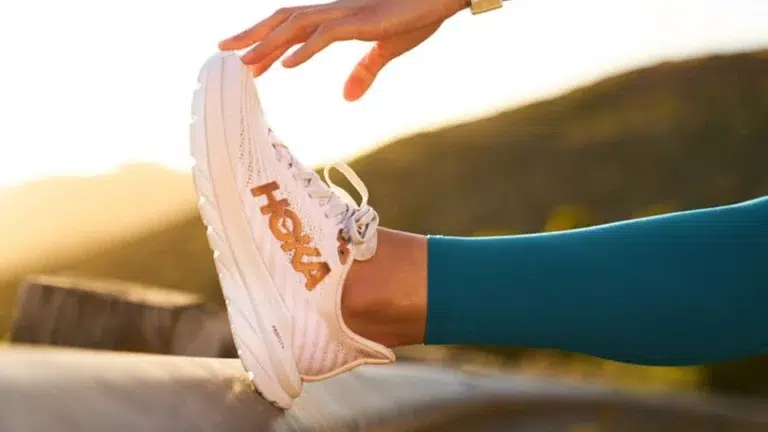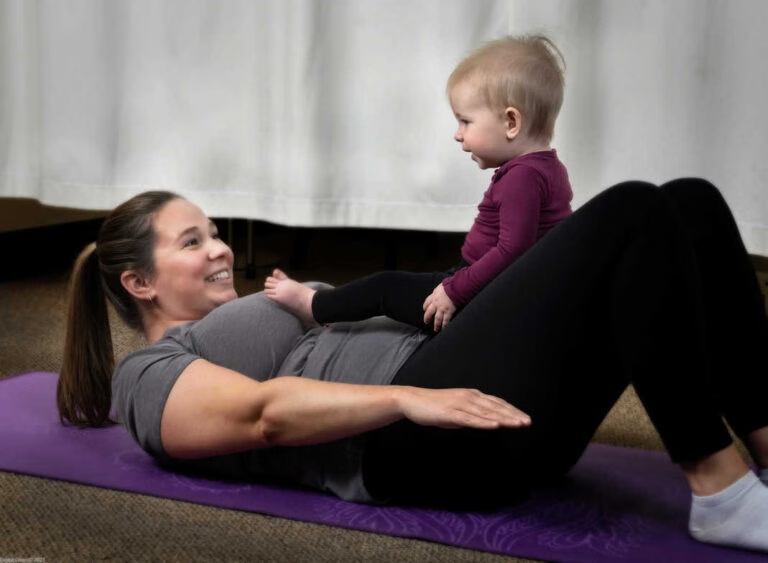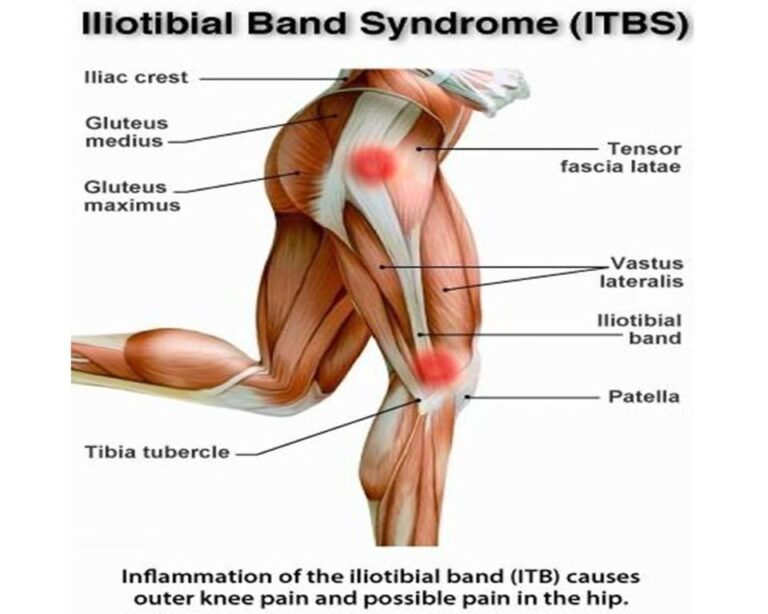What are Shin Splints actually? And why do Flip Flops cause them?
Well, shin splints is a term for a tendonitis of the shin muscles. Shin Splints is a condition characterized by pain along the shin bone. This is because flip flops provide minimal arch support and cushioning, leading to increased strain on the muscles and tendons in the lower leg. When walking in flip flops, the lack of support can cause overpronation (excessive inward rolling of the foot), which puts additional stress on the shin area. Flip Flops cause the shin muscles to work harder than we designed to. Overuse of these muscles creates pain and inflammation.
To prevent or alleviate shin splints, it’s advisable to wear shoes with proper arch support and cushioning, especially during activities that involve a lot of walking or running.
Physiotherapy can be an effective treatment for shin splints caused by wearing flip flops. Here are some common physiotherapy approaches:
- Rest and Ice: Rest the affected leg and apply ice packs to reduce inflammation and pain.
- Stretching Exercises: Stretch the calf muscles to improve flexibility.
- Strengthening Exercises: Strengthen the muscles of the lower leg, particularly the calves and the muscles around the shin, to provide better support.
- Footwear Assessment: This is critical. Shin Splints is usually caused by improper, unsupportive footwear. A physiotherapist can assess your footwear and recommend more supportive shoes or insoles to prevent further injury.
- Taping: Taping the shin can help reduce strain on the affected area and provide support during activity.
- Gait Analysis: Analyzing your walking or running gait can help identify any abnormalities that might be contributing to shin splints, and corrective techniques can be taught.
- Massage Therapy: Massage can help relieve muscle tightness and improve blood flow to the affected area.
- **Gradual Return to Activity**: Gradually increase your activity level to avoid overloading the muscles and tendons.
Consulting with a physiotherapist will provide a tailored treatment plan specific to your condition and needs.





